-
-
- Manufacturing
- Industries
- Materials
-
ABOUT
Resources
- Get a Quote
-
My Shapeways
-
0







Sterling Silver (92.5% silver) is a high quality silver alloy commonly used in jewelry and other skin-safe applications. With several finishing options and the ability to showcase intricate details, 3D printing Silver offers a professional, finished look and feel. 3D printed Silver will tarnish over time, but can be polished to achieve a like-new surface. This material is a softer metal that will be more malleable with thin features. More information about this material can be found in our Help Center.
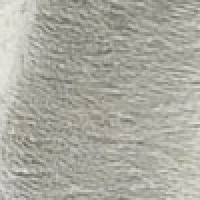 Natural
Natural
 Polished
Polished
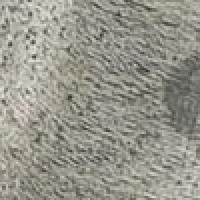 Antique
Antique
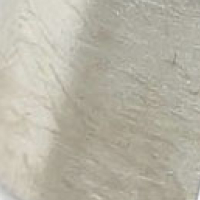 Satin
Satin
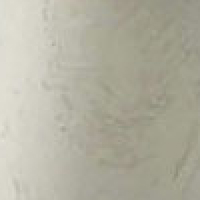 Sandblasted
Sandblasted
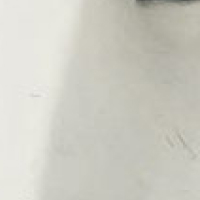 Fine-Detail Polished
Fine-Detail Polished
Maximum Bounding Box
89 × 89 × 100 mm
75 × 75 × 40 mm (Interlocking Parts)
Minimum Bounding Box
2.4 × 2.4 × 0.6 mm
The bounding box is a 3D imaginary outline of a box that encloses the smallest area occupied by your model. Your model must be within the minimum and maximum bounding box sizes. If the size of the model is close to the maximum bounding box, then the printing orientation will be restricted.
A supported wall is connected at least on two sides of the wall, while an unsupported wall is connected only on one side of the wall. Walls that do not meet the minimum requirements may not survive printing and cleaning processes. Additionally, models may still be rejected based on the wall geometry of the model. Please consider the size of your model and reinforce the walls or add support structures as needed as minimum guidelines will not always be adequate for large models.
0.8 mm (Natural, Polished, Fine Detail Polished, Antique)
1.5 mm (Interlocking Parts)
1.0 mm (Natural, Polished, Fine Detail Polished, Antique)
1.5 mm (Interlocking Parts)
A wire is a circular, rectangular or even triangular feature that is thinner in its unconnected directions than its length. A supported wire is connected at least on two sides of the model, while an unsupported wire is connected on one side of the model. Wires that do not meet the minimum requirements may not survive printing and cleaning processes. Additionally, models may still be rejected based on the wire geometry of the model. Please consider the size of your model and reinforce the wires or add support structures as needed as minimum guidelines will not always be adequate for large models.
0.3 mm high & wide (Natural, Polished, Antique)
0.4 mm high & wide (Fine Detail Polished)
0.3 mm high & wide (Natural, Polished, Antique)
0.35 mm high & wide (Fine Detail Polished)
For text, the ratio between width and depth, should be 1:1 and sans-serif fonts are preferred for line weight consistency.
4.0 mm
2.0 mm
Escape holes are necessary to empty the support material of a hollow model. Two escape holes at the opposite ends of the model is optimal for the support removal process. Please consider the size of your model and make the escape holes bigger or add more escape holes as needed as minimum guidelines will not always be adequate for large models.
0.3 mm
1.0 mm (Interlocking Parts)
Clearance is the space between two individual parts in a model. If the space among the individual parts do not meet the minimum clearance, then parts can fuse together or can be difficult to clean. This is important for movable pieces like hinges, gears, etc.
Interlocking
Yes, up to six for Natural and Polished finishes. Interlocking parts are not supported for Antique and Fine Detail Polished finishes such as 3D printed Silver.
Enclosed
No
Up to two identical 3D printed silver parts (like earrings or cufflinks) may be uploaded in the same model file. We cannot accept multiple, unique, non-interlocking parts ordered in the same model file; there should be one file for each unique part. Also, we cannot accept sprued parts as this creates problems during the casting process.
Natural: When you 3D print Silver, the model may shrink about 0.15 mm plus 1.5% after casting and finishing. For rings the inner diameter will be 0.125 - 0.15 mm smaller than your design. On average, when you 3D print Silver, the model shrinks about 1.5% after casting and finishing. Scaling up your model by 1% will make your design closer to your desired size. Polished, Fine Detail Polished and Antique: Your model may shrink about 0.25 mm plus 2.5% after casting and finishing. For rings the inner diameter is accurate within +/- 0.1 to 0.15mm. On average, the model shrinks about 2.5% after casting and finishing. We do our best to polish the internal diameter to match your model file.
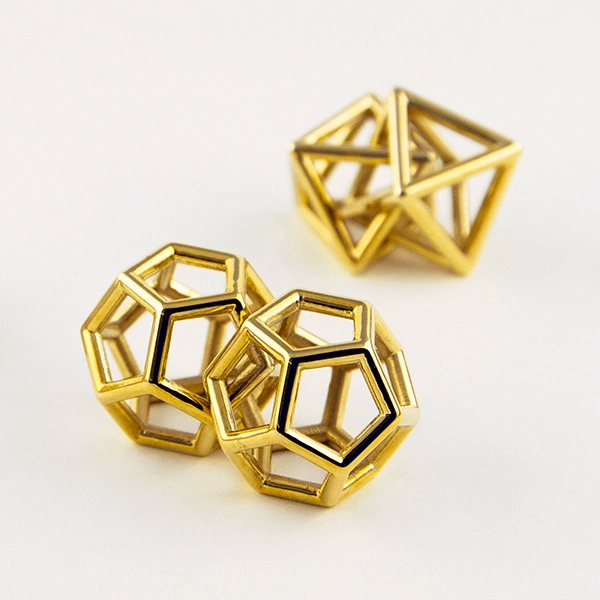
"*" indicates required fields
From product development to industrial 3D manufacturing, we can help you scale your business.
contact sales